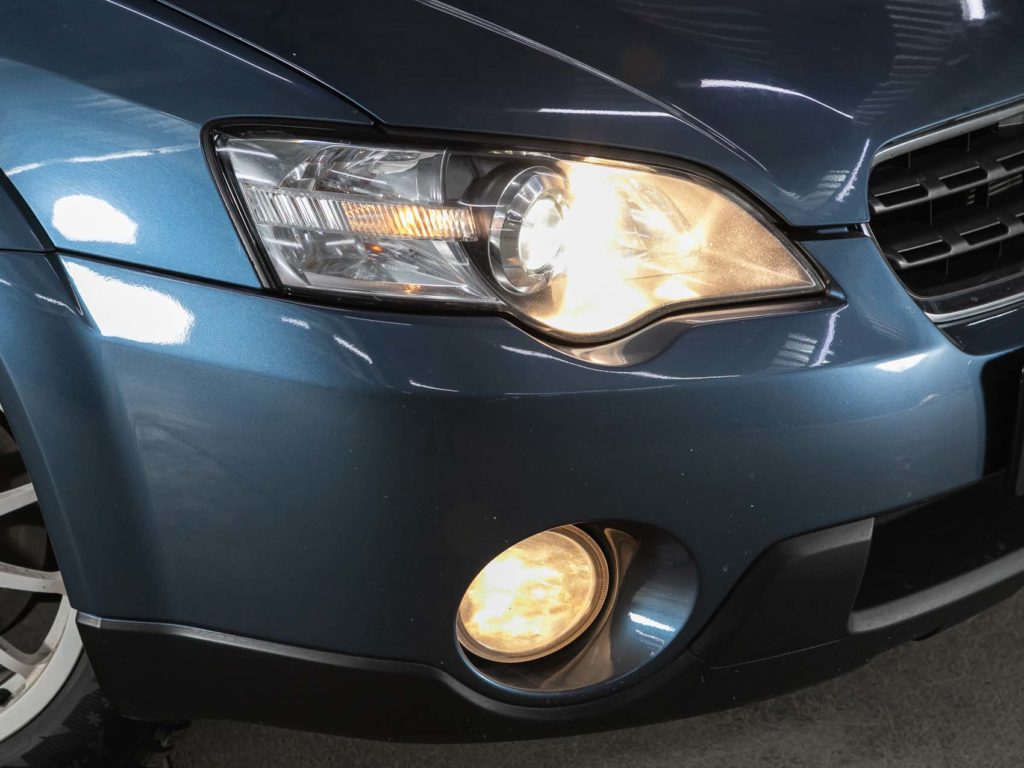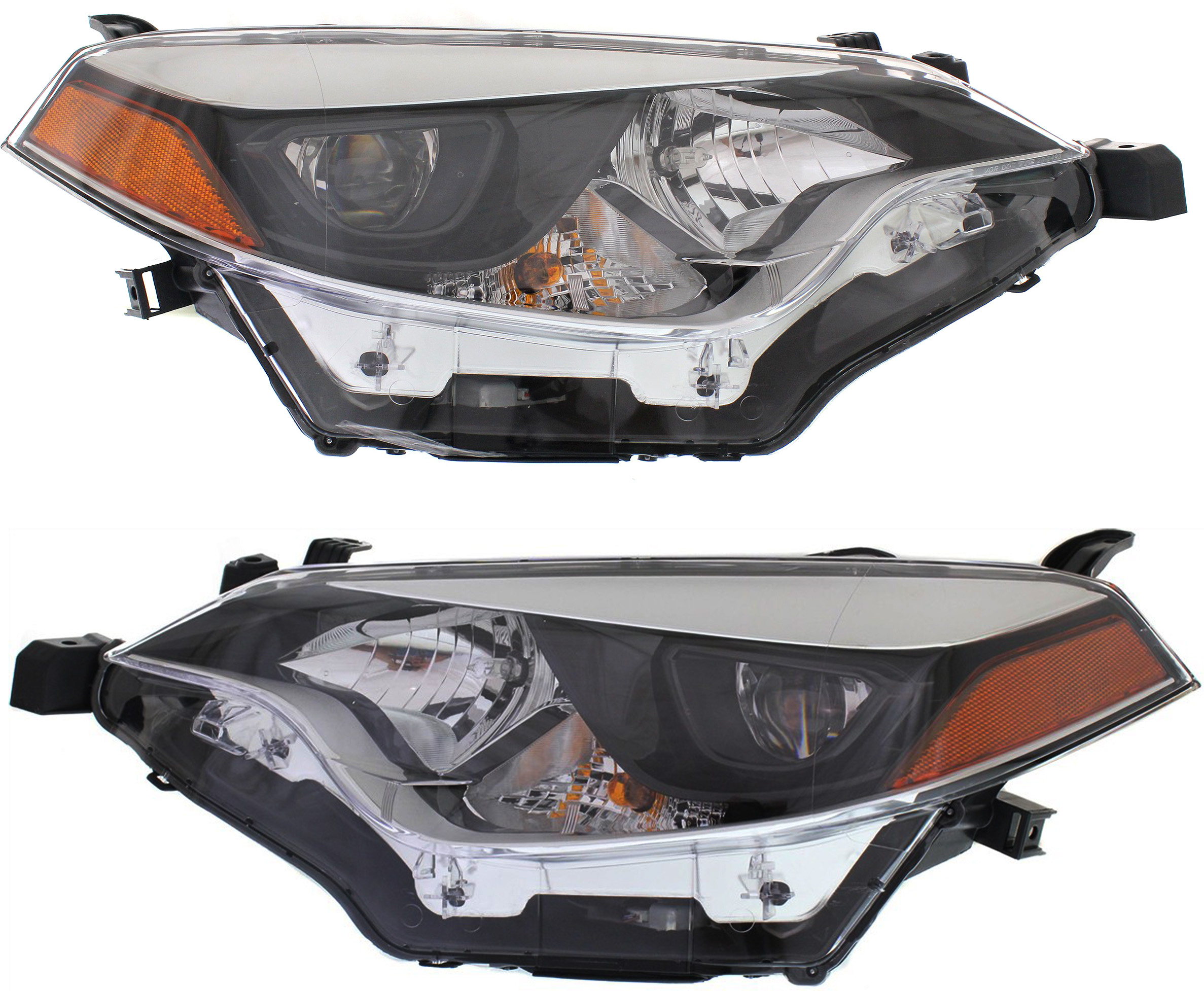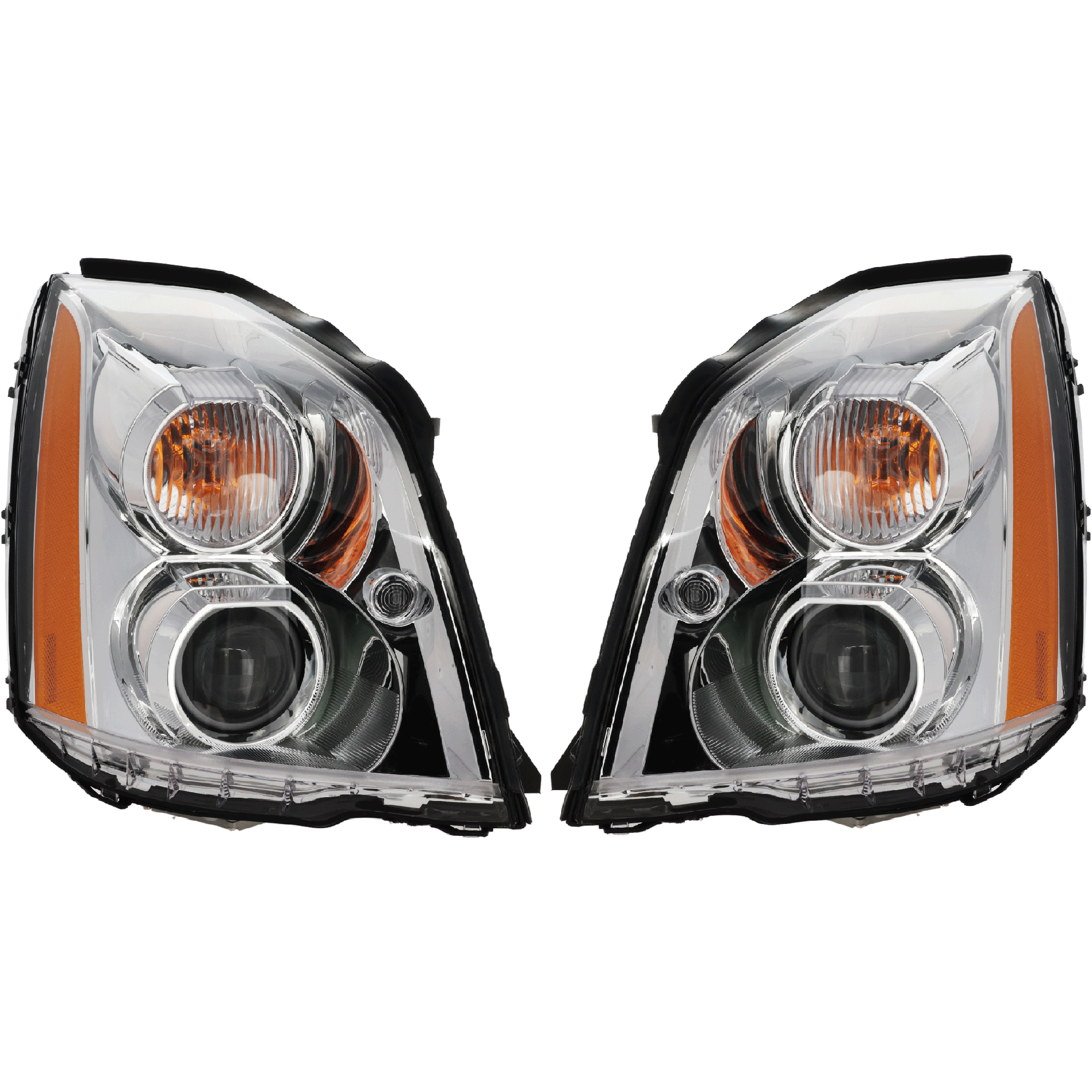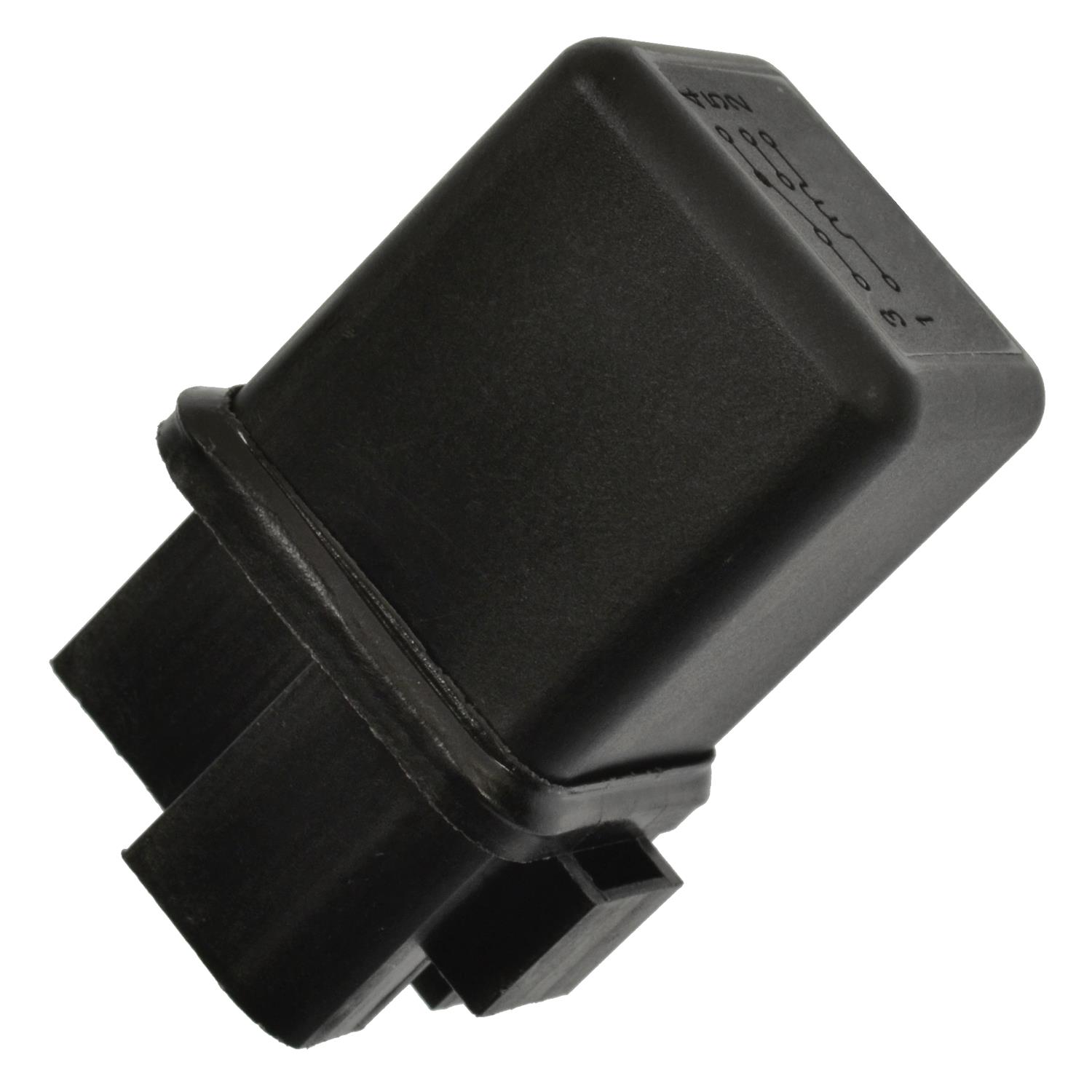Vehicles with computer-controlled headlight systems often use relays to control the low beams and the high beams. Like any other type of relay, the headlight relays can eventually fail. When that happens, the headlights will no longer work as they should, which is a problem you’ll want to address right away.
What Does a Headlight Relay Do?
A relay is basically an electromagnetic switch that uses low current to control a higher current circuit. Inside a relay, you’ll find a coil and a switching mechanism with a set of contacts. Most automotive relays are normally open, meaning current does not flow between the contacts until the relay is activated.
In a typical computer-controlled headlight circuit, two relays—one for the high beams and one for the low beams—control the headlights. Some vehicles also have a third headlight relay to activate the daytime running lights (the dimly lit headlights that automatically come on during the day).

When low beam activation is requested via the headlight switch, a signal is sent to a computer, which is often referred to as the body control module (BCM). The BCM responds by supplying ground to the coil inside the relay, causing current to flow through the coil. The current flowing through the coil creates a magnetic field that pulls the relay’s contacts closed. Current then travels across the contacts to the headlight assembly, causing the low beams to turn on.
It’s worth noting that not all computer-controlled headlight systems use relays. For example, in some systems, the BCM sends a request for headlight activation to a type of smart fuse box, often referred to as an integrated power module (IPM). Once the IPM receives the request from the BCM, it uses integrated drivers to activate the low beams.
Also, older headlight systems that are not computer-controlled generally do not have headlight relays. Instead, current typically flows directly from the headlight switch to the headlights through the dimmer switch.

What are the Symptoms of a Bad Headlight Relay?
When the headlight relay goes bad, the headlights won’t work properly. As a result, you’ll notice one of the following symptoms.
Note: Because other problems can present the same symptoms as a bad relay, you’ll want to perform a thorough diagnosis of the vehicle before replacing any parts.
Headlights Don’t Turn On
The most common sign of a bad headlight relay is headlights that don’t work. A headlight relay will typically fail in the open position, preventing voltage from reaching the headlights. If the low beam relay fails, the low beams won’t work. Likewise, if the high beam relay fails, the high beams won’t work, and if the daytime running light (DRL) relay fails, the DRLs won’t work.
Headlights Won’t Turn off

Although somewhat rare, there are instances where a faulty headlight relay can stick closed, preventing the headlights from turning off. The problem can happen in circuits that supply power to the headlight relay at all times.
Concealed Headlights Don’t Work Properly
Some cars (usually sports cars) have concealed headlights that pop up when activated. On modern vehicles, the concealed headlights are computer-controlled units that are activated by a relay. If that relay fails in the open position, the concealed headlights will not raise.
Headlight Relay FAQ
Automotive relays are often very similar. The easiest way to test a headlight relay is to temporarily swap it with another (unimportant) relay from the power distribution box. For example, you might swap the headlight relay with the air conditioning compressor relay if the two relays share the same design. If the headlights work with the alternate relay installed, you know the headlight relay needs to be replaced.
The headlight relay is typically located in the power distribution box in the engine compartment. Consult your owner’s manual if you need help finding the relay.
Replacing a headlight relay is a DIY-friendly repair that you can usually do yourself. A headlight relay generally costs less than $30 for just the part itself. Of course, the exact cost will vary depending on a variety of factors, such as the year, make, and model of your vehicle.
Finding a New Headlight Relay for Your Vehicle
The longer you drive with a faulty headlight relay, the higher the risk of you getting into an accident. It’s dangerous to hold off on getting a new headlight relay because it can limit what you see when you drive at night. Fortunately, getting a replacement that works with your vehicle is easy with CarParts.com.
Visit CarParts.com with your computer or your mobile phone. Then, enter your ride’s year, make, and model into the vehicle selector to view compatible headlight relays. Adjust the filters to limit the catalog to your preferred brands and price range.
All our headlight relays are on hand, ready to ship, and available at unbeatable prices to give you the best value for your money. Find exactly what you need and check out securely in minutes.
Don’t drive with a bad headlight relay for too long. Check out our wide selection of headlight relays and shop now!
Shop this Project




Any information provided on this Website is for informational purposes only and is not intended to replace consultation with a professional mechanic. The accuracy and timeliness of the information may change from the time of publication.
































I have a 2016 Corolla S. The driver’s side low beam flickers. It does it with all road conditions. I replaced battery, cleaned battery cables, cleaned battery posts although already cleaned, cleaned both grounds coming off battery as well as the connection points for grounds, replaced 10-amp fuse as well as checked the alternator. All wiring seems solid. Any other ideas?
I just replaced my altinator and new battery in my 200 toyota camry, I have no lights no signals, no speed domometer, no back up or running lights. every thing is off. and the seats are electric won’t work either. any help will do. please help.
I have a 2010 Escalade. One headlight will work when I initially turn on the vehicle but once it turns off it wont come back on until many hours later